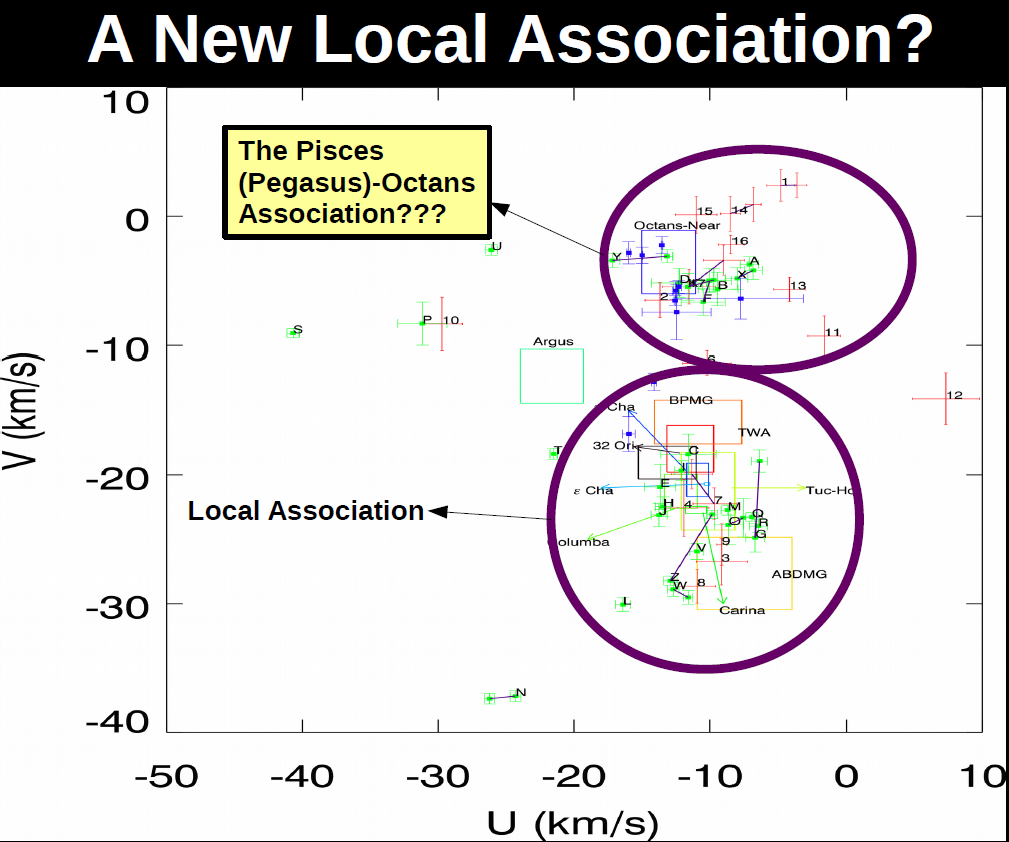Sometimes the best ideas really are the most simple ones! Such an example in acquiring very precise (within 10%), potentially very accurate ages for stellar clusters is the lithium depletion boundary (LDB). Whilst stars heavier than 0.35 Solar-mass develop a radiative core, which significantly complicates the rate at which lithium is burned, stars below this mass remain fully convective and the mixing processes and lithium burning rate are extremely temperature sensitive, meaning once Li burning temperature is reached in a fully convective star, the full Li supply is almost fully destroyed extremely rapidly (generally within 1-2 Myr). Since the physics of convective stars is very well known (after all, it's just a hot ball of gas...) this provides a semi-fundamental way of estimating an age for a coeval cluster of stars. Stars on the more luminous side of the LDB will be almost fully-depleted, whereas those on the less luminous side will be almost fully-depleted. Locate this boundary and the age of the cluster can be very accurately measured. The level to which one can measure an accurate LDB age is mainly dependent on the size of the LDB "gap".
Inspired by this technique I set out to spectroscopically observe candidate M-dwarf members of the Beta Pictoris moving group (BPMG) - a nearby (d < 100 pc) association of stars with an isochronal age of ~12 Myr. Probably the best observing experience I will ever have is the moment I saw the spectra for one of the Li-rich BPMG stars which I knew in the moment would set an LDB age of around 20 Myr, almost twice that of the often-used isochronal value.
This age has a direct impact on our understanding of stellar, and sub-stellar evolution. For instance, by setting the age as double that of the isochronal value would imply a 30% increase for planets observed in BPMG (e.g, Beta Pic b, AU Mic b), as well as having a new empirical age benchmark to test stellar evolutionary models. One factor that may affect the LDB ages is the presence of dark magnetic star spots, which reduce the overall luminosity of the stars, driving the LDB age upwards by ~1-3 Myr. Subsequent LDB age estimates for Beta Pic vary between 20 and 26 Myr. One of my future goals is to develop a set of isochronal models which use LDB ages from clusters as empirical age benchmarks.








